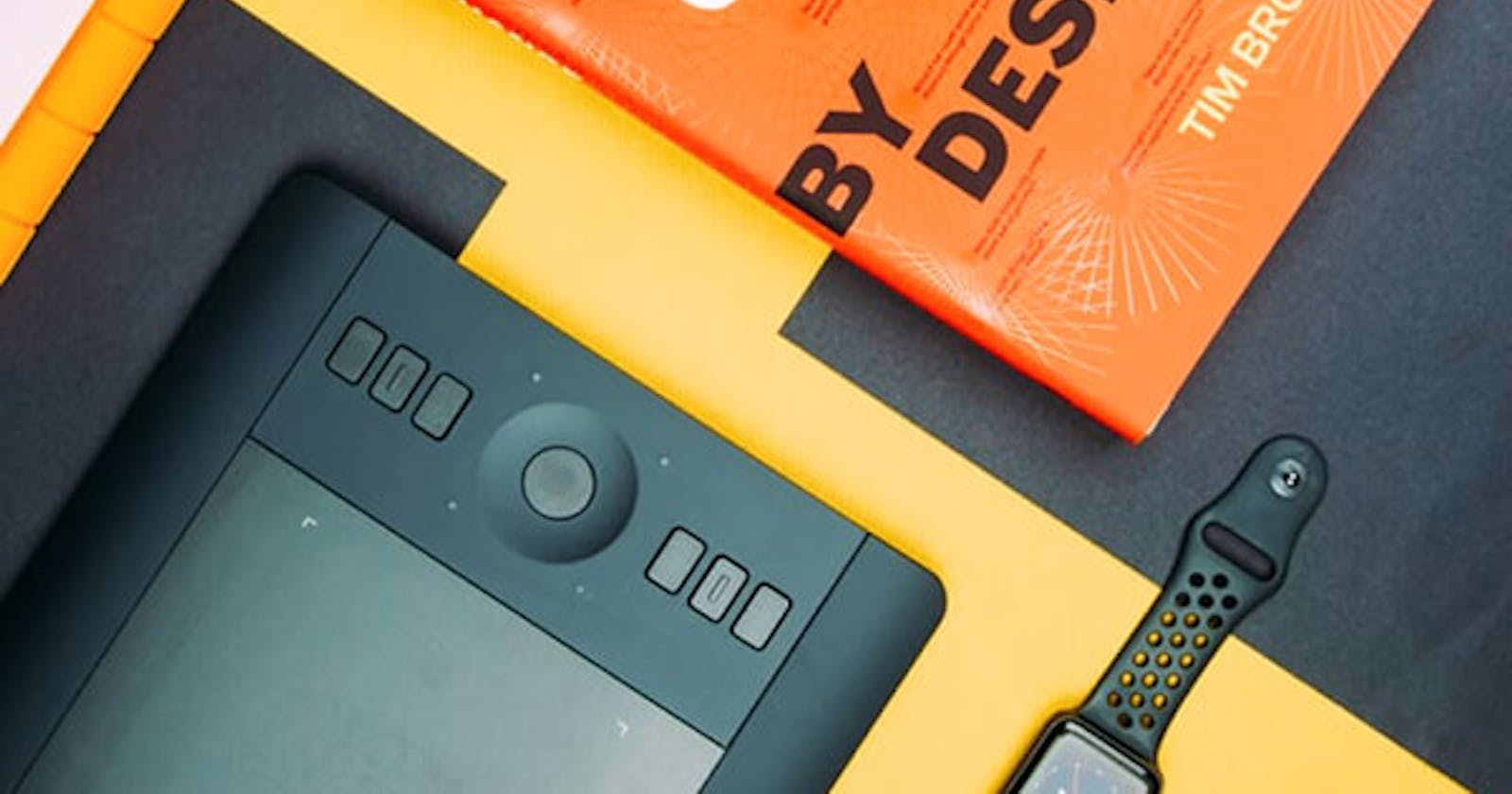Mastering the Modern UI: Unleashing the Power of React with Material-UI
In the ever-evolving landscape of web development, creating stunning, responsive user interfaces is a constant pursuit. One powerful combination that has taken the frontend world by storm is React, a JavaScript library for building user interfaces, and Material-UI, a React UI framework that implements Google's Material Design. In this blog post, we'll explore the seamless integration of React with Material-UI and delve into the myriad possibilities it unlocks for building elegant and feature-rich applications.
React: The Foundation of Modern UIs
React has become a cornerstone in the world of frontend development, and for good reason. Developed and maintained by Facebook, React allows developers to build reusable components that efficiently update and render based on data changes. Its virtual DOM (Document Object Model) enables efficient updates, resulting in high-performance web applications.
Before diving into the Material-UI goodness, let's set up a basic React project.
React Project Setup
If you haven't already installed Node.js and npm, you can do so by visiting https://nodejs.org/. Once installed, you can create a new React project using Create React App:
npx create-react-app my-react-app
cd my-react-app
npm start
With your React project set up, it's time to introduce the star of our show – Material-UI.
Material-UI: Elevating UI Design
Material-UI is a React UI framework that implements Google's Material Design principles. Material Design offers a cohesive and unified look and feel across web and mobile applications, providing a visually appealing and user-friendly experience.
Installing Material-UI
To integrate Material-UI into your React project, you can use npm:
npm install @mui/material @emotion/react @emotion/styled
Material-UI relies on the @emotion packages for styling.
Building with Material-UI Components
Material-UI comes with a plethora of pre-designed, customizable React components that you can leverage to build your UI effortlessly. Let's create a simple example to showcase the usage of Material-UI components.
Open the src/App.js file and replace its content with the following code:
// src/App.js
import React from 'react';
import { Button, Typography, Container } from '@mui/material';
import { makeStyles } from '@mui/styles';
const useStyles = makeStyles({
container: {
display: 'flex',
flexDirection: 'column',
alignItems: 'center',
justifyContent: 'center',
height: '100vh',
},
});
function App() {
const classes = useStyles();
return (
<Container className={classes.container}>
<Typography variant="h2" gutterBottom>
Welcome to React with Material-UI
</Typography>
<Button variant="contained" color="primary">
Get Started
</Button>
</Container>
);
}
export default App;
In this example, we've used Material-UI's Typography and Button components to create a simple welcome message and a button. The makeStyles hook from Material-UI's styling library allows us to define custom styles for our components.
Theming and Customization
One of the standout features of Material-UI is its theming system. You can easily customize the look and feel of your application by defining a theme. Update the src/index.js file with the following code to set up a custom theme:
// src/index.js
import React from 'react';
import ReactDOM from 'react-dom';
import { ThemeProvider, createTheme } from '@mui/material/styles';
import App from './App';
const theme = createTheme({
palette: {
primary: {
main: '#2196f3',
},
},
});
ReactDOM.render(
<ThemeProvider theme={theme}>
<App />
</ThemeProvider>,
document.getElementById('root')
);
In this example, we've defined a custom primary color for our theme.
The fusion of React and Material-UI opens up a world of possibilities for frontend development. With React's component-based architecture and Material-UI's rich set of pre-designed components, developers can create visually stunning and responsive user interfaces with ease.
As you embark on your journey of building modern UIs, the React and Material-UI combo will undoubtedly be a valuable asset in your toolkit. Whether you're designing a sleek dashboard, a sophisticated e-commerce platform, or an engaging mobile app, the synergy between React and Material-UI empowers you to bring your creative visions to life.
In the realm of frontend development, where user experience is paramount, React with Material-UI stands as a dynamic duo, setting the stage for the creation of intuitive, visually appealing, and feature-rich applications. So, harness the power of React and Material-UI, and let your UI-building journey unfold with creativity and efficiency.

